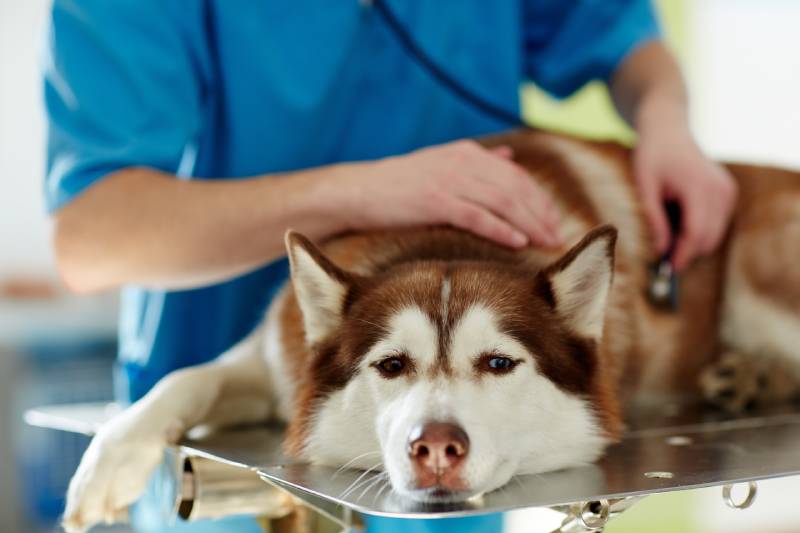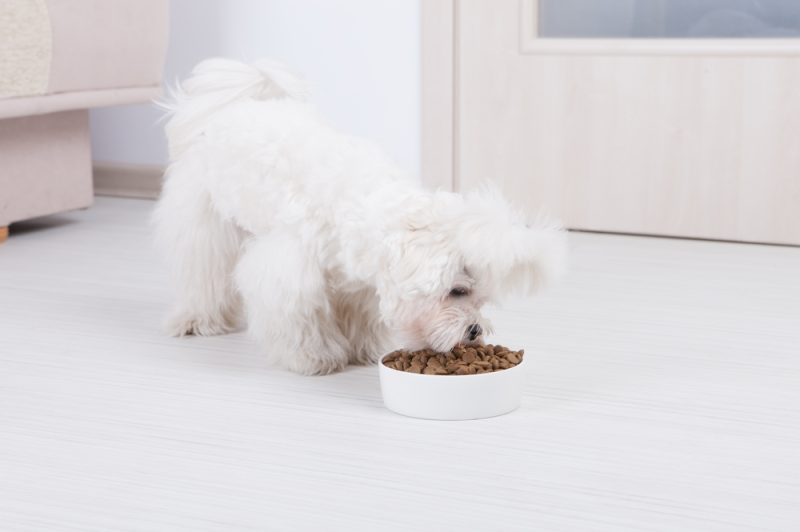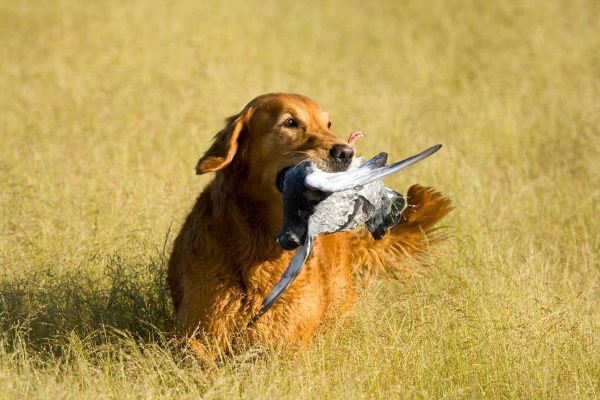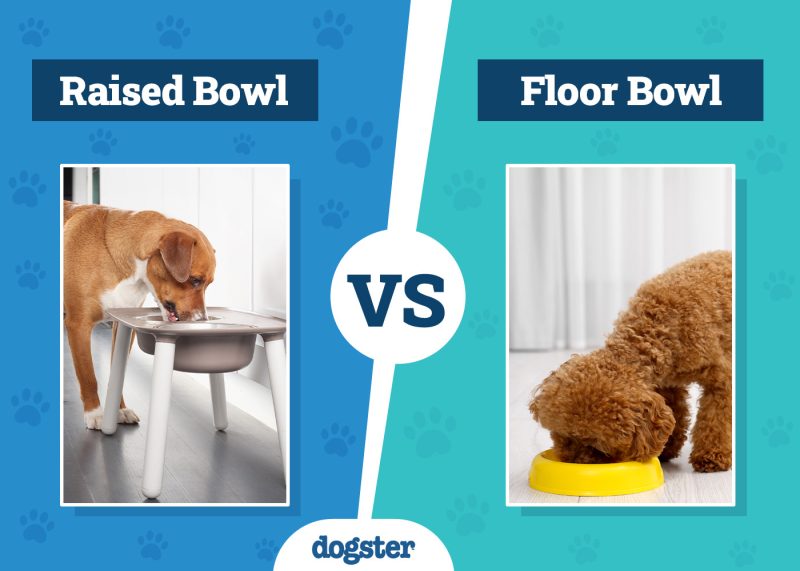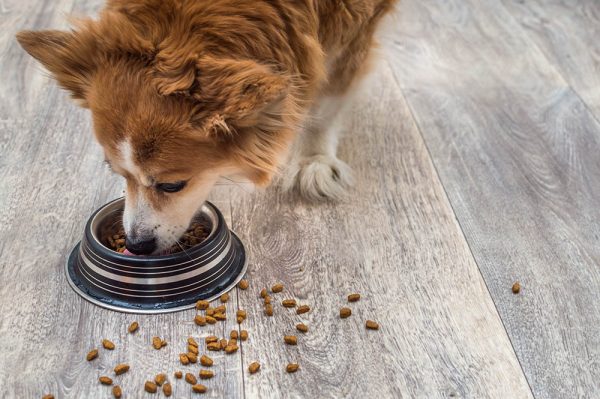In this article
View 2 More +Seizures can be extremely frightening to witness, even if your dog has a diagnosed seizure disorder and you’ve seen it happen a dozen times. It’s also an extremely helpless feeling to stand by and watch your dog seize.
Our natural response is to intervene, whether it’s to comfort our pets or to try to keep them from hurting themselves. There are steps you should take if your dog has a seizure, and it’s important to follow these steps in order to keep your dog and yourself safe. If your dog doesn’t have a diagnosed seizure disorder and suddenly has a seizure, then a call to your vet is necessary.

What Causes Seizures in Dogs?
There are multiple reasons that your dog might have a seizure, including idiopathic epilepsy, brain tumors, toxin exposure or consumption, trauma, liver disease, hypoglycemia, and more. The treatment of seizures can vary significantly based on the cause.
It can be difficult and frustrating to identify the cause of your dog’s seizures, and idiopathic epilepsy is the diagnosis most often given when a cause can’t be identified. Epilepsy most often begins in dogs between the ages of 1 and 5 years.

What Are Seizures?
Seizures occur when the electrical impulses of the brain aren’t functioning correctly. This overload of activity in the brain results in a seizure, and during this brain activity, muscles may be triggered to move inappropriately. Dogs aren’t aware of what’s happening while a seizure is occurring. Seizures can present in many ways because there is more than one type.
- Grand Mal: This is the most common type of seizure in dogs, and it’s also the most recognizable seizure. During a grand mal, or generalized, seizure, your dog will lose consciousness and thrash, sometimes appearing to run in place or convulse. In some cases, your dog will thrash before stiffening, straightening their legs out from their body, and stretching their head upwards. Grand mal seizures can last for seconds to several minutes.
- Status Epilepticus: To be fair, status epilepticus is an emergency condition that occurs when grand mal seizures are occurring. Status epilepticus occurs when a grand mal seizure lasts more than 5 minutes, or if your dog has more than one seizure in 5 minutes. This is a medical emergency that can result in brain death if not treated. If status epilepticus occurs, your dog should immediately be taken to the nearest vet for care, even if it isn’t your regular vet. This condition needs to be dealt with in a timely manner to save your dog’s life. Even with rapid treatment, around 25% of dogs don’t survive status epilepticus.
- Focal: Focal seizures only occur in one part of the brain, resulting in less intense symptoms than a grand mal seizure. With a focal seizure, your dog may have a twitch or tremor that develops in their eyelid or ear. These seizures usually only last a few seconds, but because the electrical impulses in the brain have been interrupted, focal seizures can turn into grand mal seizures.
- Psychomotor: Psychomotor seizures can be difficult to identify because of the strange symptoms they cause. Dogs having psychomotor seizures often do things like attack their own tail or bite at the air. One of the most identifiable traits of a psychomotor seizure is that your dog will repeat the same unusual behavior every time.
If you are concerned about the health and well-being of your pet, seek veterinary advice for the best course of action.

The 9 Steps to Help Your Dog When They Have a Seizure
1. Stay Calm & Pay Attention
If your dog begins to have a seizure, one of the most important things you can do is to stay calm. If you panic, it will make the situation more tense, and you’ll be less likely to be helpful to your dog. People who are panicking are also at an increased risk of injury to their dog or themselves.
Take a deep breath and, if you’re able, either note the time the seizure started or try to keep count of how long it lasts. The best option is to get a video of the seizure, if possible, but if grabbing your phone or camera will require you to leave your dog, then just keep track of the time.

2. Stay Close By
Stay near your dog during and after the seizure. In most situations, you should not touch your dog or get in their space. Seizures are scary and confusing for dogs, and they may unintentionally hurt you during or after a seizure.
You need to stay nearby to track the seizure and to be prepared to help your dog after the seizure ends. Ideally, you should be within a few feet of your dog but maybe not directly next to them.
3. Ensure the Safety of Your Dog
The exception to the rule of not touching your dog during a seizure is if your dog is in a dangerous position. If your dog is near the edge of stairs, on the edge of a bed, or wedged into a small space, try to get your dog to safety. Touch your dog as little as possible and move them quickly. Your goal is to get them into a safe area.
If your dog is banging their head on a hard surface in a way that you think may cause harm, you can gently hold their head down. However, it’s best to use a blanket or towel while you do this to keep a little bit of a buffer between you and your dog, just in case they try to bite.

4. Stay Calm & Comforting
Not only do you need to stay calm during and after the seizure, but your dog will need you to be an even, comforting presence. Speak in low tones and gently talk to your dog. Ensure your dog has plenty of space because they will be disoriented when they come to, and it can be frightening if they open their eyes to someone in their face. Turn off the TV and try to make the environment as calm and quiet as possible to help your dog recover.
5. Give Your Dog Space
It can’t be said enough that even if your dog is the gentlest dog in the world, they absolutely can bite during and in the period after a seizure. After a seizure, dogs enter what is called the postictal state. This state is marked by confusion and fear as your dog attempts to orient themselves back to their environment and body.
Dogs in the postictal state are still not themselves, so they may bite out of fear or pain. It’s very important that you respect your dog during this time and allow them space until they fully come to. The phase can last multiple minutes after a seizure.

6. Cool Your Dog’s Body Temperature
With severe or long seizures, your dog’s core body temperature will rise. If they seem to be hot, cool them by placing cool rags on their feet and body. Don’t use ice or cold water, as this can create discomfort and even cause shock. Cooling your dog’s body temperature after a severe seizure can help soothe them and protect their body, as well as help to keep them safe as you travel to the vet. If your dog’s seizure only lasts a few seconds, they likely don’t need to be cooled.
7. Comfort Your Dog
Your dog will begin to look to you as they come to. Provide them with comfort and calmness with your presence. Quiet speaking and a calm demeanor will help your dog feel less fearful after they’ve come out of the postictal phase. Gentle petting and the presence of a beloved toy or bed can help your dog as they recover from such a traumatic event. Just remember to only touch your dog after they’ve exited the postictal period to prevent bites.
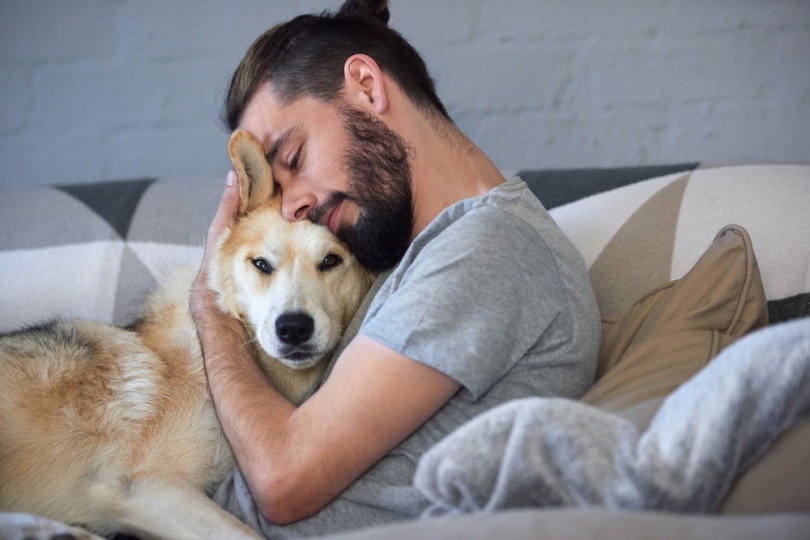
8. Allow Your Dog to Rest
Seizures take a lot of energy, so your dog is likely to be tired afterward. Provide them with a calm, quiet place to rest. They may need a few hours of rest after a seizure. Putting your dog in their kennel in a dim room or allowing them to sleep in a quiet room near you can help your dog recover from their seizure.
9. Note the Seizure
Your vet needs to know as many details as possible about the seizures that your dog has. Tracking the timing of the seizure, as well as the behaviors exhibited by your dog before, during, and after the seizure can help with diagnosis or to guide treatment. Sometimes, it can be difficult to catch a dog having a seizure.
As a rule of thumb, vets say that for every witnessed seizure, there are two that weren’t witnessed. Your dog may have seizures when you aren’t home, so take advantage of the opportunity to detail as much information about the seizure as possible when you do witness one.
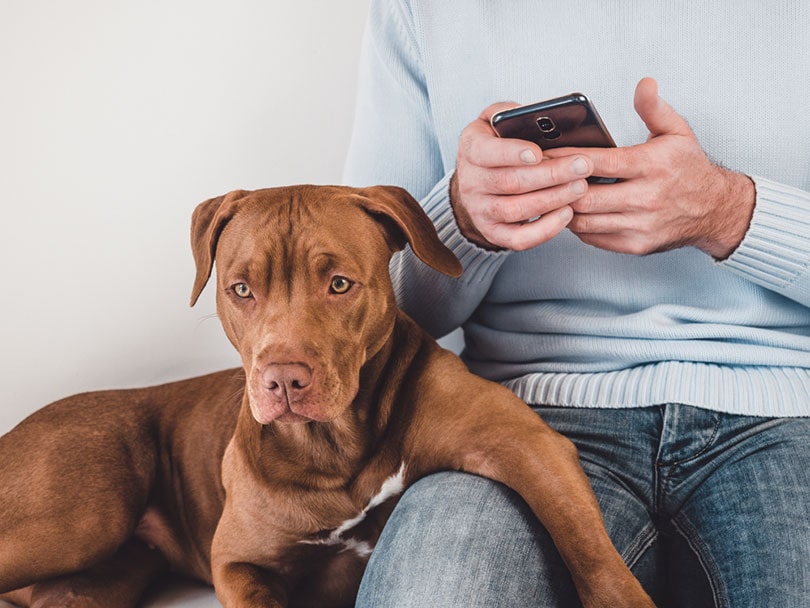

Conclusion
Seizures can be scary for you and your dog, and dealing with seizure disorders can be stressful to manage. Sometimes, your dog will require different medications and dosages to properly manage their seizures if they’ve been diagnosed with a seizure disorder. Record as much information about your dog’s seizure as possible to give to your vet and remember to provide your dog with space and comfort after the seizure. Any dog can bite after a seizure, so do as much as you can to keep you and your dog safe.
See Also:
- How Long Do Dog Seizures Last? Vet-Reviewed Facts & FAQ
- What If My Dog Has a Seizure When I’m Not Home? Our Vet Explains What to Do
Featured Image Credit: Pressmaster, Shutterstock
